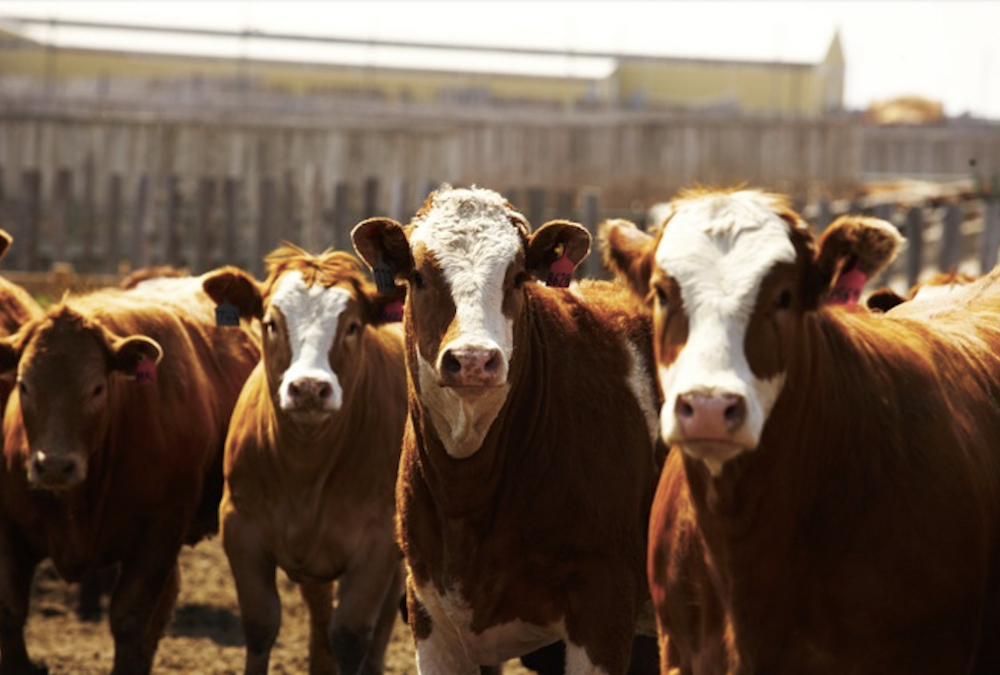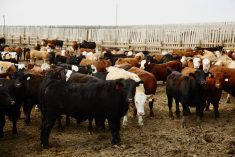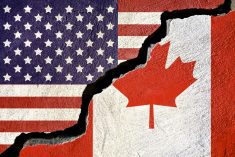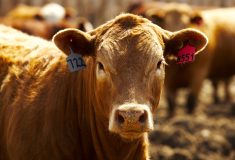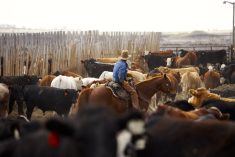Fed cattle
It is not very often we see annual highs set for fed cattle in August! Fed cattle prices have traded the typical sluggish summer market for a contra-seasonal strong market driven by manageable supplies, smaller carcass weights and solid beef demand.
The mid-August fed steer cash price was $177.41/cwt — not only the highest price in 2022 but the highest since early 2016. That price is $25.98/cwt over last year and $34/cwt higher than the five-year average for the same week. Higher prices coupled with high feed costs encouraged early fed cattle movement, keeping carcass weights lower and feedlots current. The drought affected placement patterns last year, and moved some of the typical third-quarter supply ahead. The cash-to-cash basis narrowed, with a basis of -$2.89/cwt as of August 12, $1.93/cwt narrower than a year ago when the basis was -$4.82/cwt.
Read Also
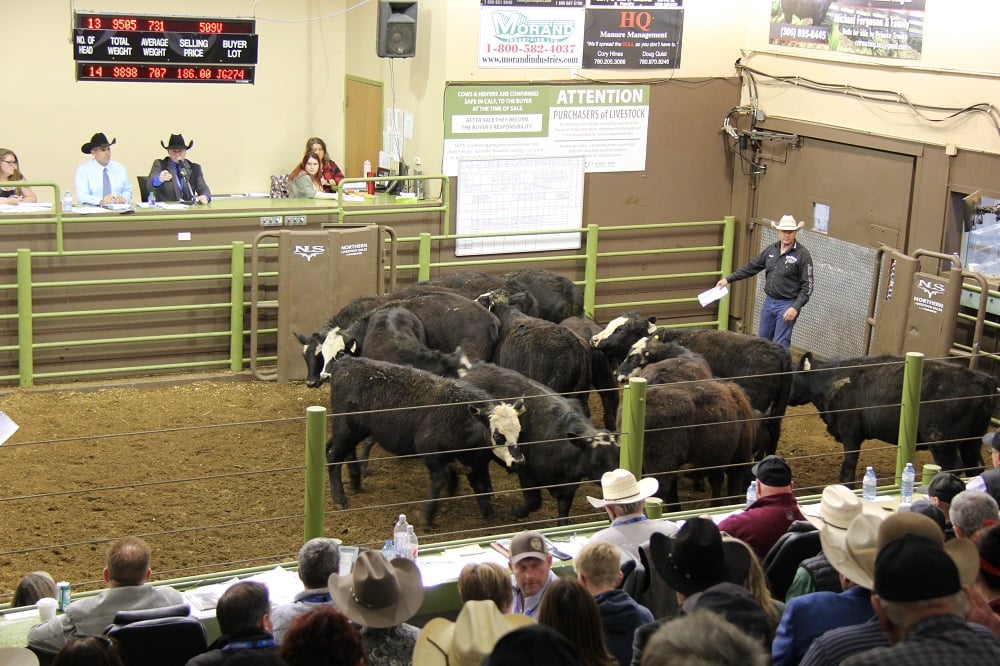
Cattle Market Summary
Break-evens, cow and calf prices, plus market summaries courtesy of Canfax and Beef Farmers of Ontario. Cost of Production September…
Cattle on feed in Alberta and Saskatchewan on August 1 numbered 891,159 head, three per cent smaller than August 1, 2021. This was the first time in 13 months that on-feed totals have dipped below year-ago levels. While front-end supplies are current, one contributing factor to the smaller on-feed total is the lack of drought placements seen in the summer of 2021. July 2022 saw feedlot placements down 56 per cent when compared to last year.
Marketings reported were down one per cent. However, looking at year-to-date exports and slaughter data, fed cattle exports including cows for 2022 are up 22 per cent from a year ago at 286,579 head. Domestic fed steer slaughter to the first week of August totalled 1,033,830 head, unchanged from a year ago. Meanwhile, fed heifer slaughter was three per cent larger at 637,746 head.
Deb’s outlook for fed cattle: Although still high, retail beef prices have dropped recently. Beef demand and red meat consumption remain a driving force in the strong summer market. Late August and September generally see many market-ready cattle; however, feed costs, rising prices and last year’s drought placement pattern left supplies more manageable for the third quarter of 2022. Deferred live cattle futures favour the fed cattle market. Consumers will still deal with inflation, but tighter supplies should keep packers reaching and support prices into the fourth quarter.
Feeder cattle
Harvest is underway and new crop grain prices are lower relative to recent years. Anticipation of tighter supplies, an optimistic fed market and a strong technical market have also supported feeder prices through the summer. Yearling feeders coming off grass have been met by eager buyers already pushing 850-lb. steer prices to the highest level since the first quarter of 2016. The 850-lb. feeder steer price in mid-August was $219.75/cwt, up $15/cwt from the previous four weeks ago and $28.25/cwt from the same week in 2021.
Favourable pasture conditions across much of the Prairies slowed early calf movement compared to last year. Light volumes of feeder calves sold to date have already reacted to decreasing feed grain prices. The 550-lb. feeder steer price in Alberta climbed higher at the start of the summer and hovered between $238 and $240/cwt. The mid-August 550-lb. steer price is $238.67/cwt, nearly $18/cwt higher than the same time in 2021.
Feeder exports continue to outpace year-ago totals. To the end of July, feeder exports were up 157 per cent from last year, totalling 143,492 head. At the same time imports are half of what was imported for the same time a year ago.
Deb’s outlook for feeder cattle: The increase in supply through the fall run typically means price pressure as the calf lows are generally established in the next couple of months.However, 2022 has seen several contra-seasonal and non-typical market moves. A strong export market will provide a market floor while tight North American supplies, lower feed grain prices, available pen space and optimism will support the feeder run. While there may be some price pressure as calves hit the market, several fundamental and technical factors suggest solid support for calves this fall.
Non-fed cattle
The non-fed cow market in North America has been a real bright spot through 2022. While summer generally starts the decline from the second-quarter high to the fourth- quarter low in the D1,2 the opposite has been true as D1,2 cow prices set new annual highs. D1,2 cow prices have seen significant gains in 2022, up 53 per cent or almost $40.00/ cwt from the start of the year. The D1,2 cow price in Western Canada is $113.78/cwt, as of August 12. This is an improvement of $6.78/ cwt in the previous four weeks and when compared to mid-August 2021, the average is $33.28/cwt higher. In the U.S. many beef cows have been slaughtered due primar- ily to drought but also input costs. But even as market supplies have been larger, prices remain strong. Ground beef and trim prices improve steadily.
Cows slaughter in Canada is up four per cent at 274, 695 head. Bull slaughter in Canada is down 22 per cent to 8,519 head while exports are up 60 per cent at 9,571 head. The average bull price as of August 12 is $130.17/cwt, nearly $24/cwt above the same week in 2021.
Deb’s outlook for non-fed cattle: Seasonally through the fall run, non-fed cattle volumes will likely increase and pressure prices. However, smaller numbers, an export floor and continued demand should limit downside. In Canada, cow marketings have been large over the past couple of years which should limit numbers coming to town this fall. Ample forage in many areas from both planned and salvaged crops will encourage producers to keep additional breeding stock as well as feed planned cull cattle over the winter months, spreading out and limiting supplies. Bottomline: increasing cull cattle numbers in the coming months will pressure prices, but we won’t see the typical sizable decreases through the fall run.

